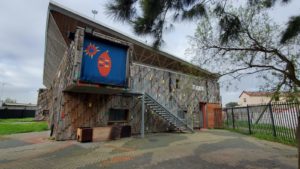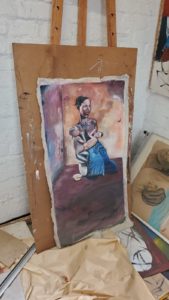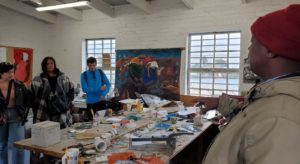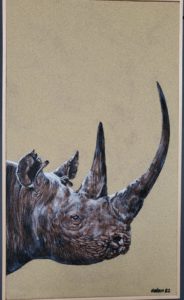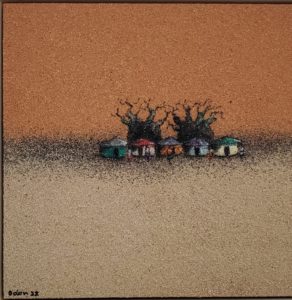
by Lee Walton
This is a reflection from OTH editor and The Third Chapter Project, Inc President, Lee Walton from a recent trip in South Africa. Learn more about The Third Project, Inc. and connect with Lee at www.thirdchapter.org.
On a recent study abroad New York University students visited the township of Lange on the outskirts of Cape Town, South Africa. Our guide Zameli Hleli claims that the name Langa comes from the Xhosa word for “sun-shine”, but it can also be traced back to an abbreviated form of the name Langalibalele, who was a 19th-century Bantu king of the AmaHlubi, in what is modern-day KwaZulu-Natal. Langa is one of the oldest townships in South Africa, tracing back to 1919, before apartheid but still founded with the intent to segregate black Africans.
Today, South Africa has the second highest wealth gap of all countries in the world and over 38.6% unemployment for Black South Africans. In response, the township of Langa is using art to create a stronger sense of community and to support the local economy by teaching young and old alike how to become self-sufficient through the arts. Guga S’thebe Arts and Cultural Center in Langa is the focal point not just for fine art but for performance art as well. On any given day, one can walk in and hear jazz or a drumming circle, watch a live performance, learn about mosaics, wood carving, painting, or sculpture or just talk to the local artists about their craft.
As humanists, we appreciate the preservation of culture through art. The sense of pride and community fostered within the Langa art community “shines” through. If anyone would like further information about this wonderful project, please reach out to us at OTH.
Feature Photo Credit: Anthere, via Wikipedia, CC BY-SA 4.0
Further Reading:
https://architizer.com/projects/guga-sthebe-childrens-theatre/
https://www.dailymaverick.co.za/article/2020-02-21-amahlubi-battle-to-save-mother-tongue-from-extinction/

